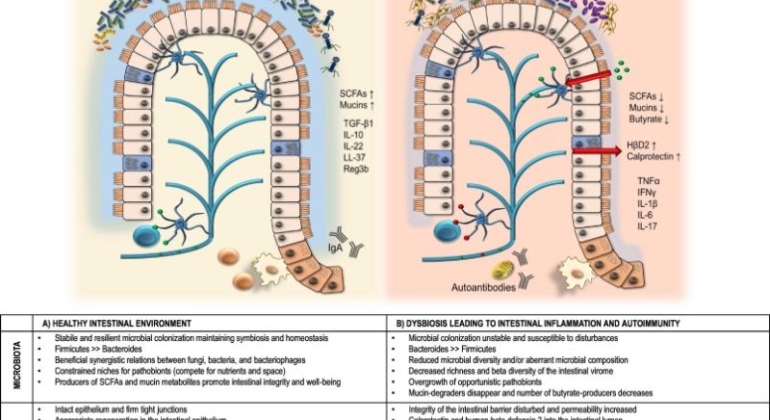Imagine a horse race, where all the horses are anxiously held in place until the gates are flung open. In that exhilarating moment, the horses are released simultaneously, charging forward with full force. This spectacle mirrors the intricate workings of tight junctions, the gatekeepers of our body’s cellular barriers.
Once a single tight junction is compromised, a cascade of events is triggered, activating a synchronized response in various tight junctions throughout our system. This phenomenon, known as mucosal integrity barrier, extends its influence beyond the initial breach, impacting the blood-brain barrier, lung, heart, liver, kidneys, and any other region where tight junctions protect endothelial barriers. The complexity deepens, for this is the symphony of system biology physiology in action.
Here, the tight junctions not only maintain physical barriers but also hold the power to shape cellular fate and function.
The immune system finds a steadfast ally in tight junctions. Acting as formidable sentinels, they create a physical shield against allergens, pollutants, and bacteria. Dendritic cells, strategically positioned between epithelial cells, express tight junction proteins and extend their dendrites through the paracellular spaces, primed to sample antigens.
This intricate dance between tight junctions and immune cells hints at undiscovered roles these gatekeepers play in governing innate immunity, unraveling further mysteries of our body’s defense mechanisms.
In the realm of human diseases, tight junctions assume a central role. Infectious diseases, driven by toxins and pathogens, have the capacity to disrupt these vital gateways, unleashing heightened paracellular permeability.
Viruses such as hepatitis C, adenoviruses, Coxsackie viruses, and reovirus exploit tight junction proteins as co-receptors or target their cytoplasmic components, harnessing their power for viral entry and propagation.
Consider the enigmatic realm of diabetic retinopathy, where dysfunction of tight junctions in the blood-retinal barrier leads to increased permeability. Factors like VEGF (vascular endothelial growth factor) and advanced glycation end-products conspire to dismantle the once impregnable defense of tight junctions, opening the floodgates to the disruptive forces of this disease.
The influence of tight junctions extends to an array of pathological conditions. Inflammation, cancer, and cytokine imbalances, among other ailments, can trigger dysfunction within these molecular gateways, disturbing the delicate equilibrium of our biological systems.
The orchestration of tight junctions in health and disease illuminates the intricate interplay between cellular barriers, signaling pathways, and immune responses.




